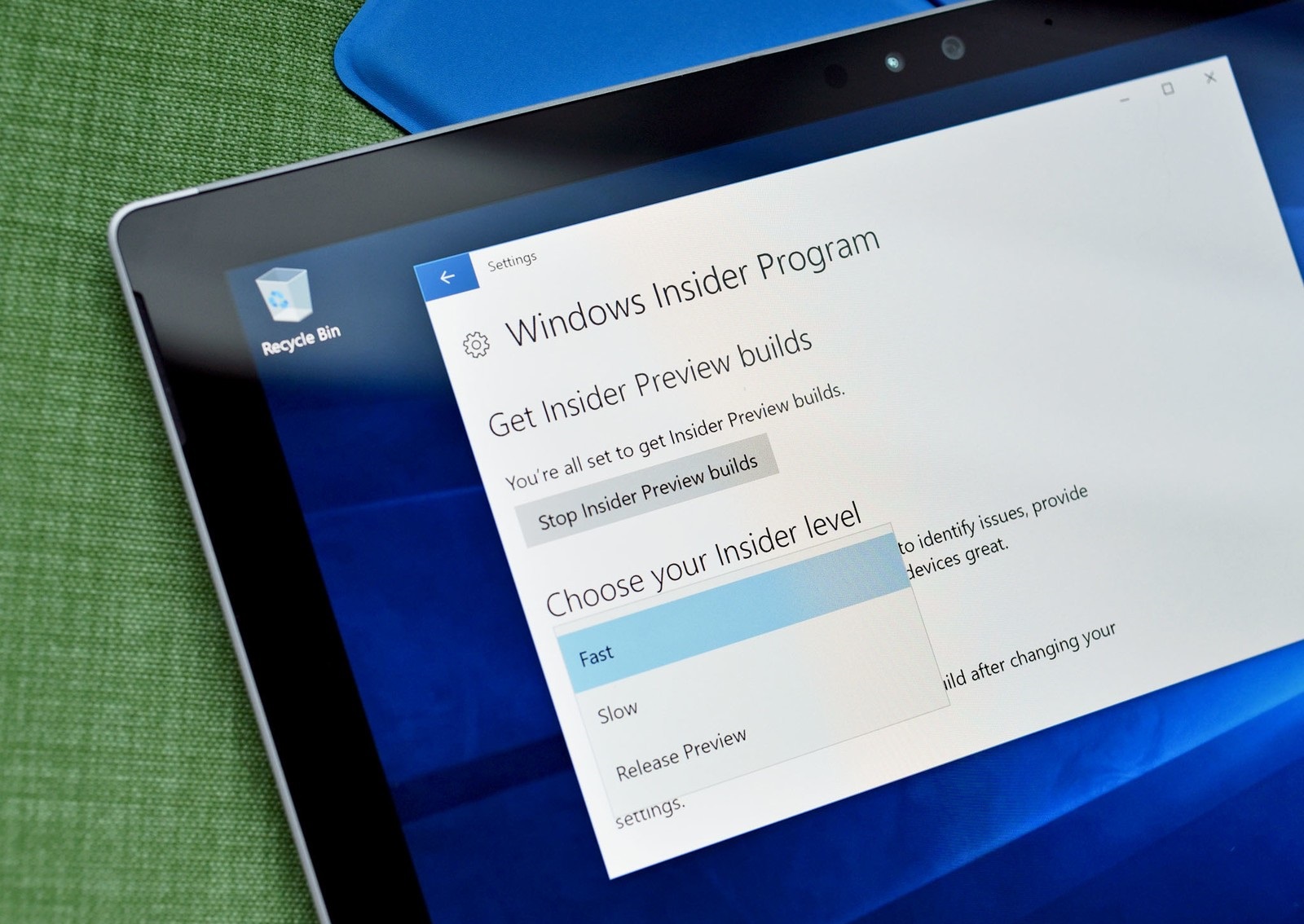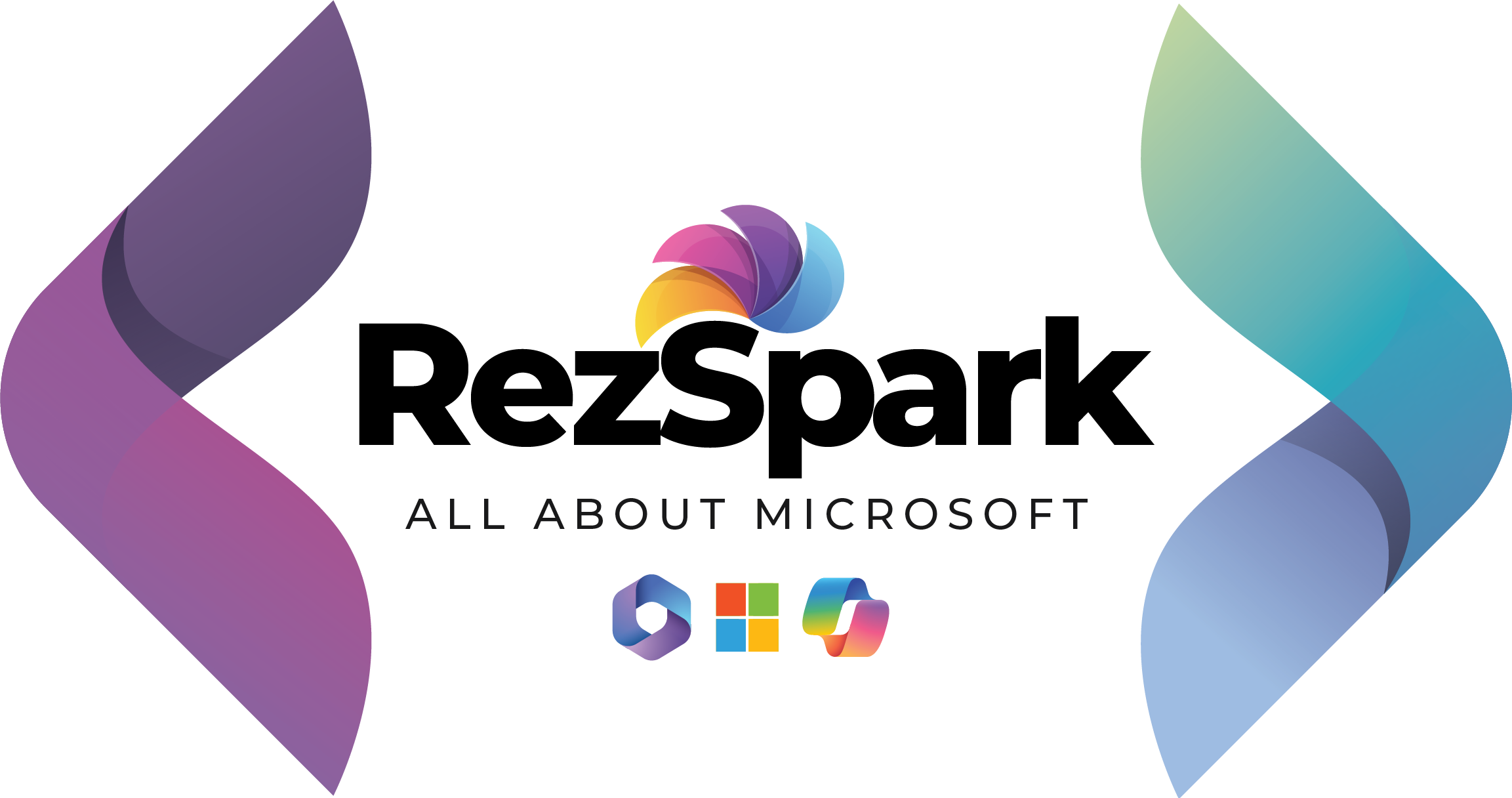
Microsoft intends to enable this by starting to service the Slow Ring with Quality Updates based on bugs caught in the Fast Ring using the following process:
- Microsoft evaluates the quality of flights in Fast. Microsoft looks at the quality of Fast Ring flights on a daily basis using feedback from internal selfhosting and Insiders.
- Microsoft triage any proposed bugs blocking Slow. Microsoft sends bugs blocking a Slow Ring release to the feature teams who get issues fixed and into the branch in 3-5 days. Once checked in, the fixes are packaged into a latest cumulative update (LCU).
- Microsoft test and deliver the serviced Slow build to Insiders. Microsoft does another round of internal selfhost testing of the build with the LCU fixes to make sure everything works. The Feature Update and service packages (quality update) are then delivered to the Slow ring at the same time.
Microsoft says this process allows them to stabilize a Fast Ring build even in the early stages of a release cycle, and have committed to sending out a new Slow Ring Update (consisting of a Fast Ring Update that has been stabilized with selective fixes) once per month.
As mentioned earlier, Microsoft hopes this approach will means Slow Ring updates are more frequent, and offer earlier access to new features that would normally only available in the Fast Ring, but would still be of high enough quality that companies can run 1% of their PCs on the Slow Ring, giving them an opportunity to evaluate the OS in production much earlier and give Microsoft more valuable feedback.
The plan was announced all the way back at Build 2018, but will be used in the development of RS6 in the main, and we wonder if it would have helped catch issues such as the File Deletion bug earlier.
Read more detail in Microsoft’s blog post here.
Via WindowsLatest



Leave a Reply